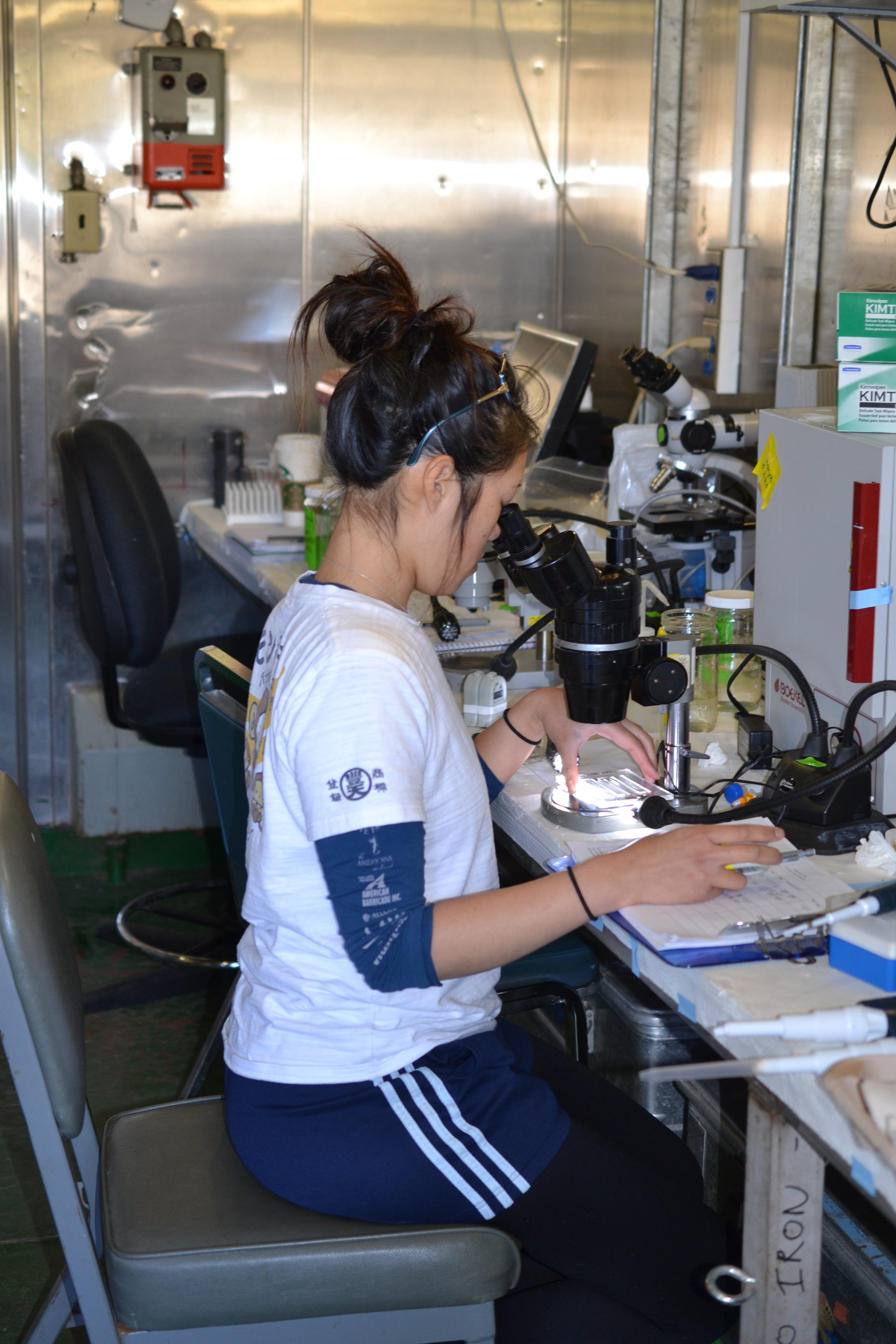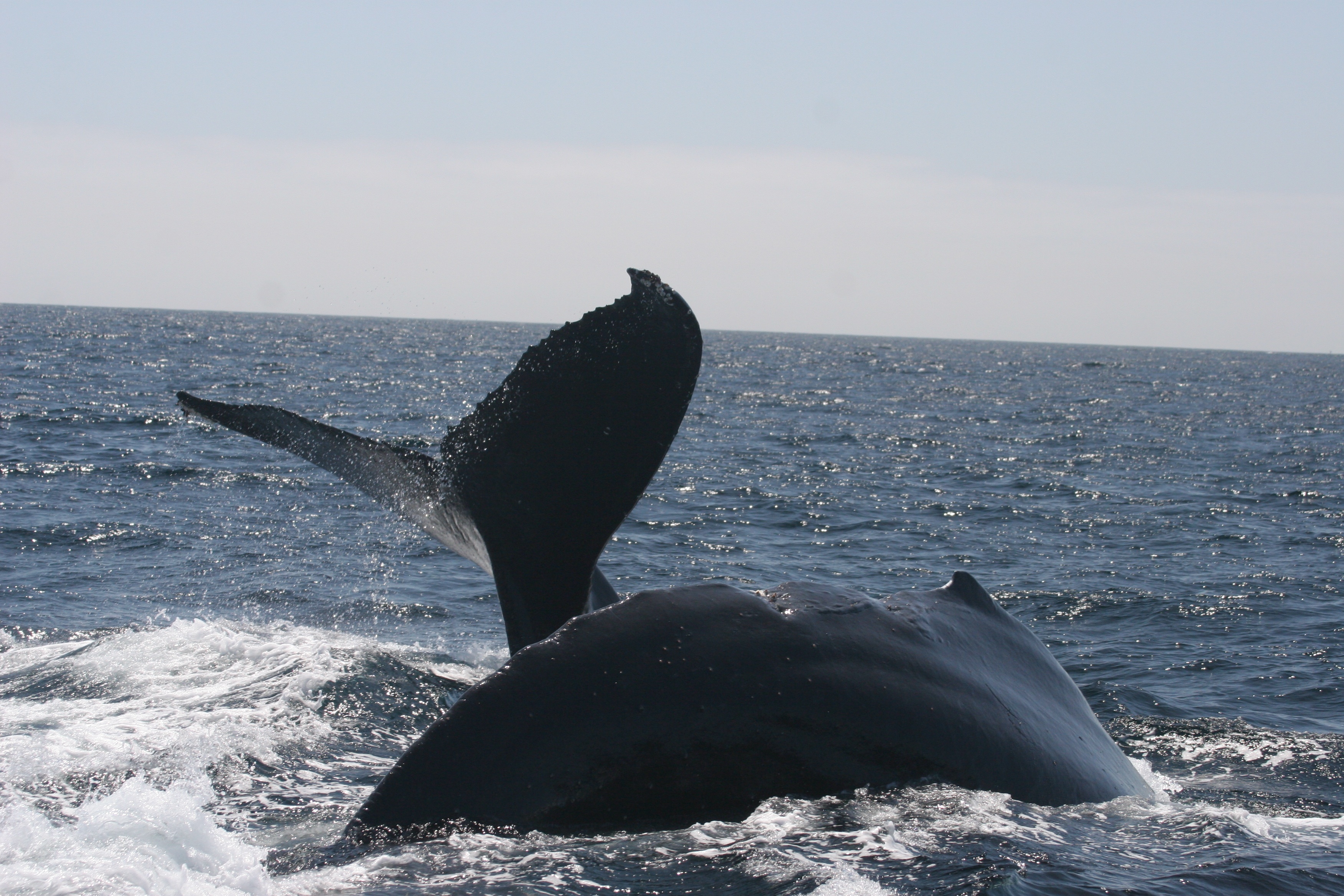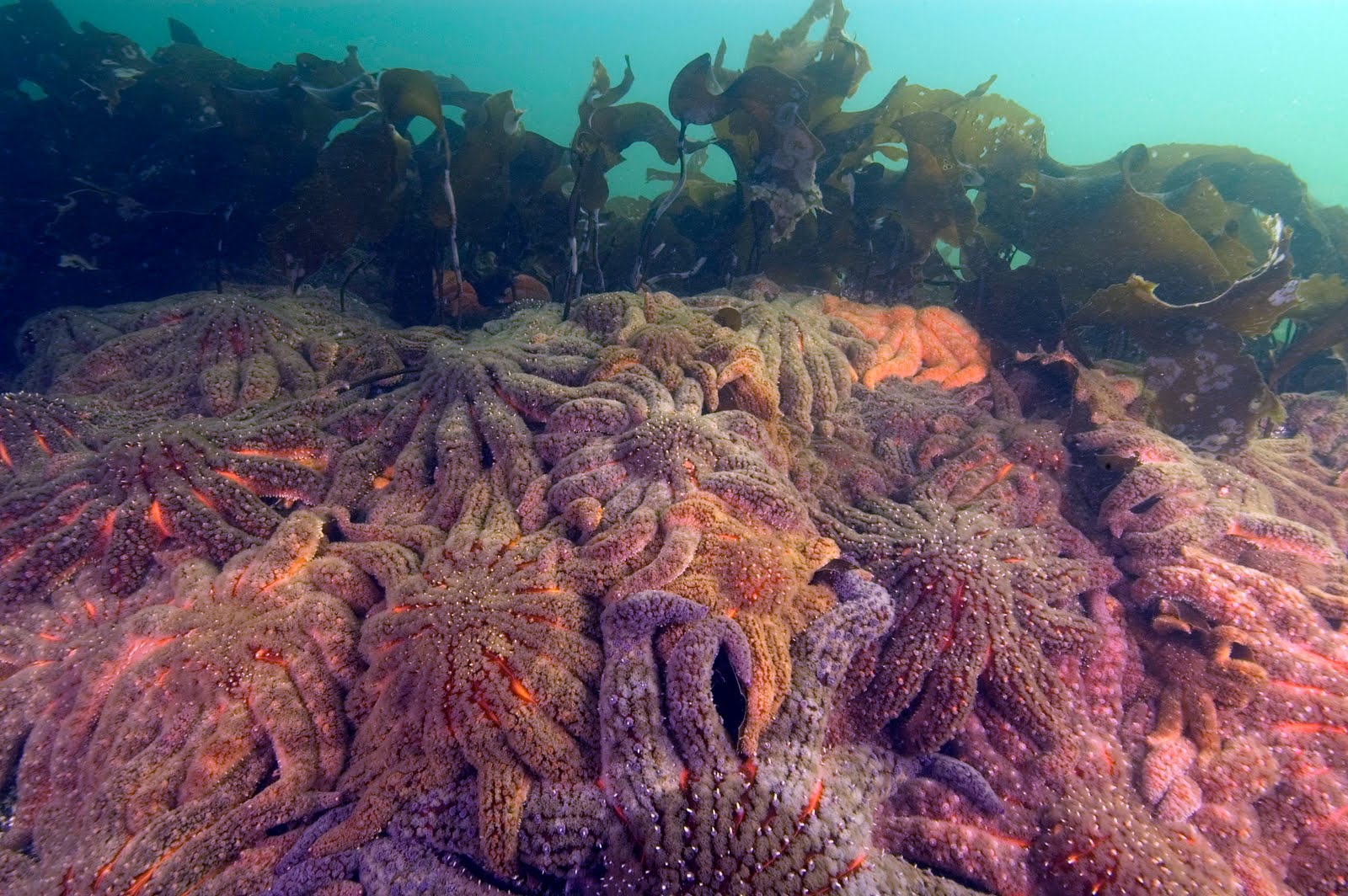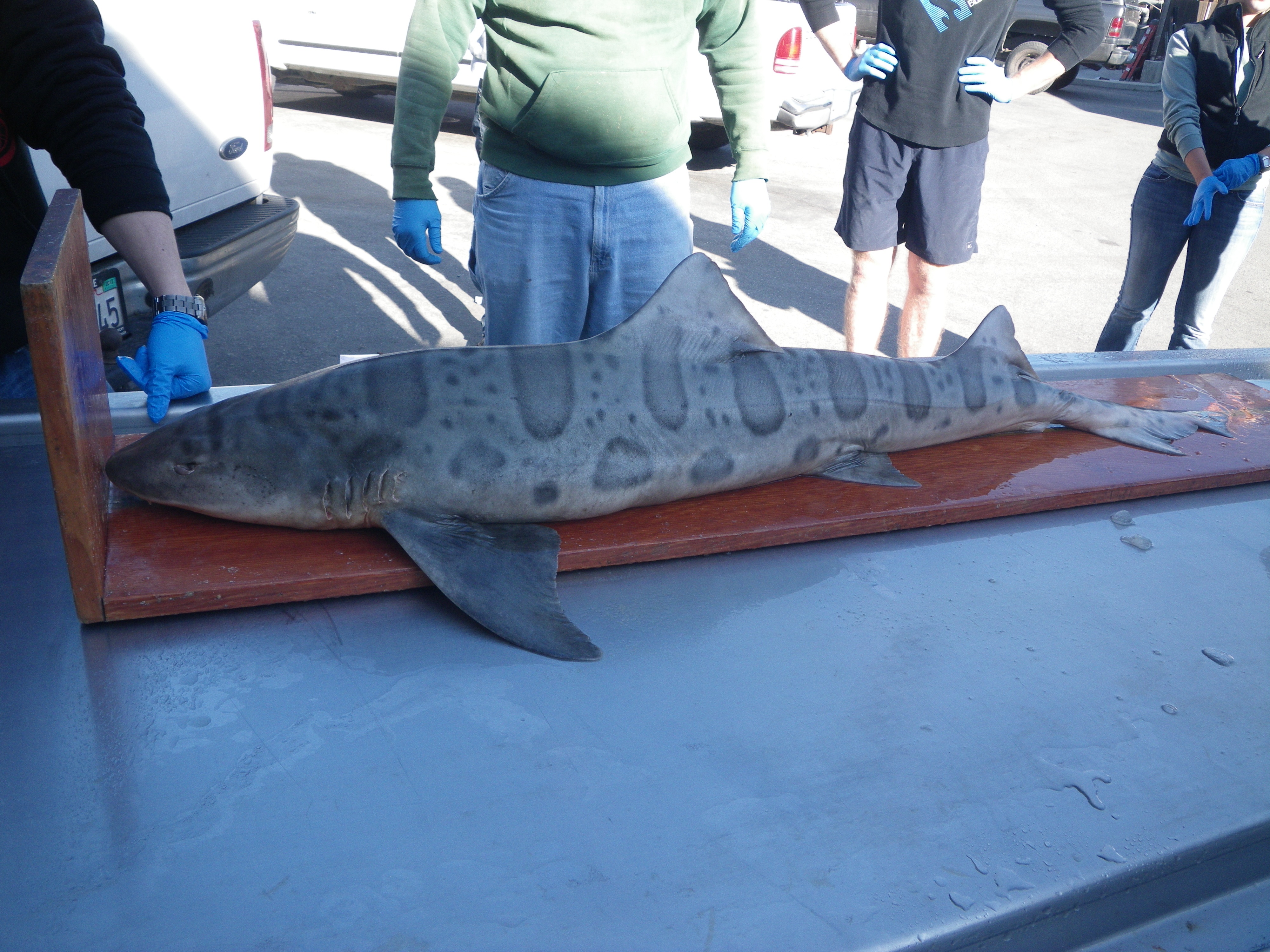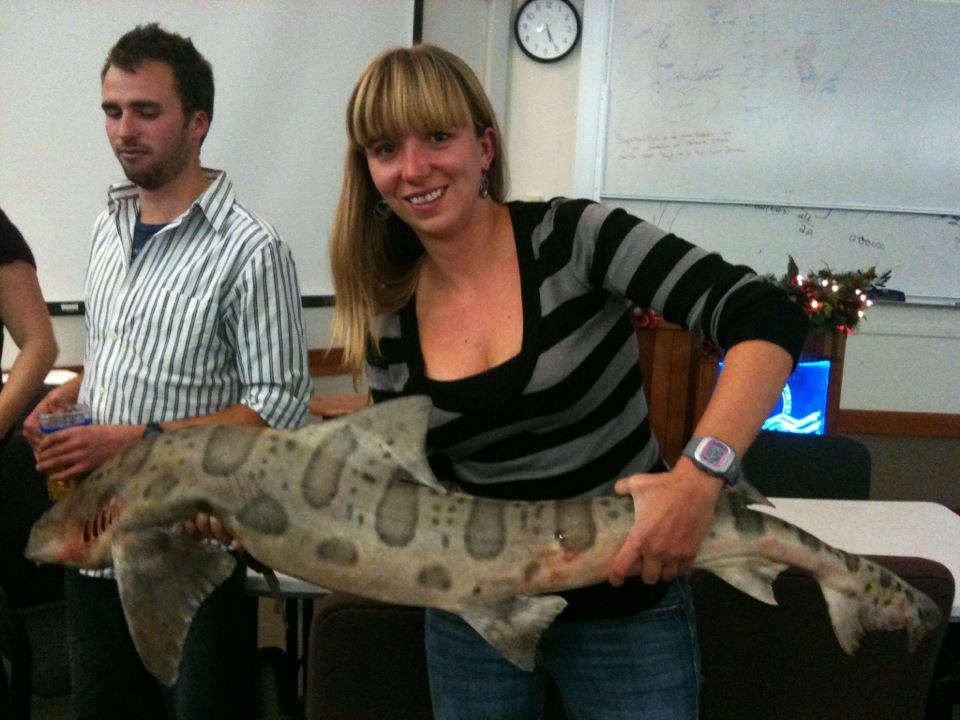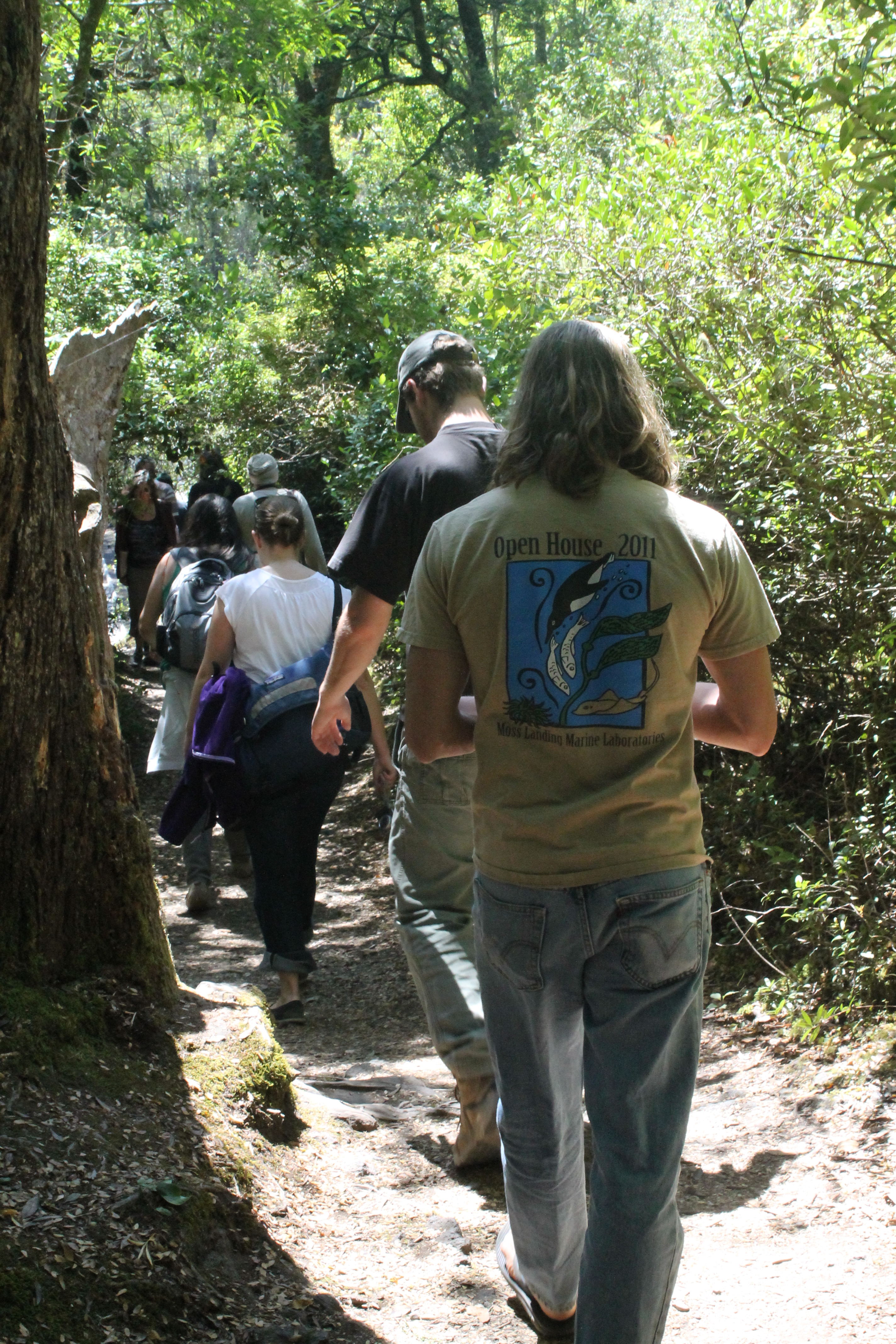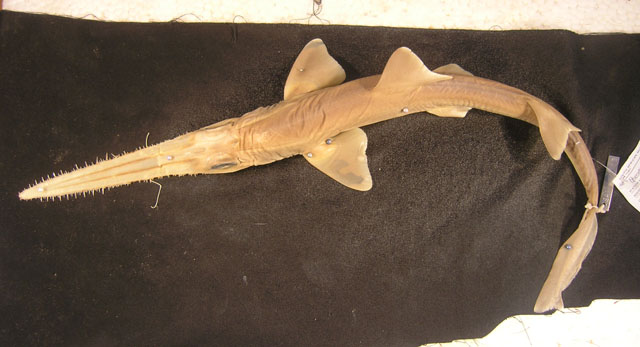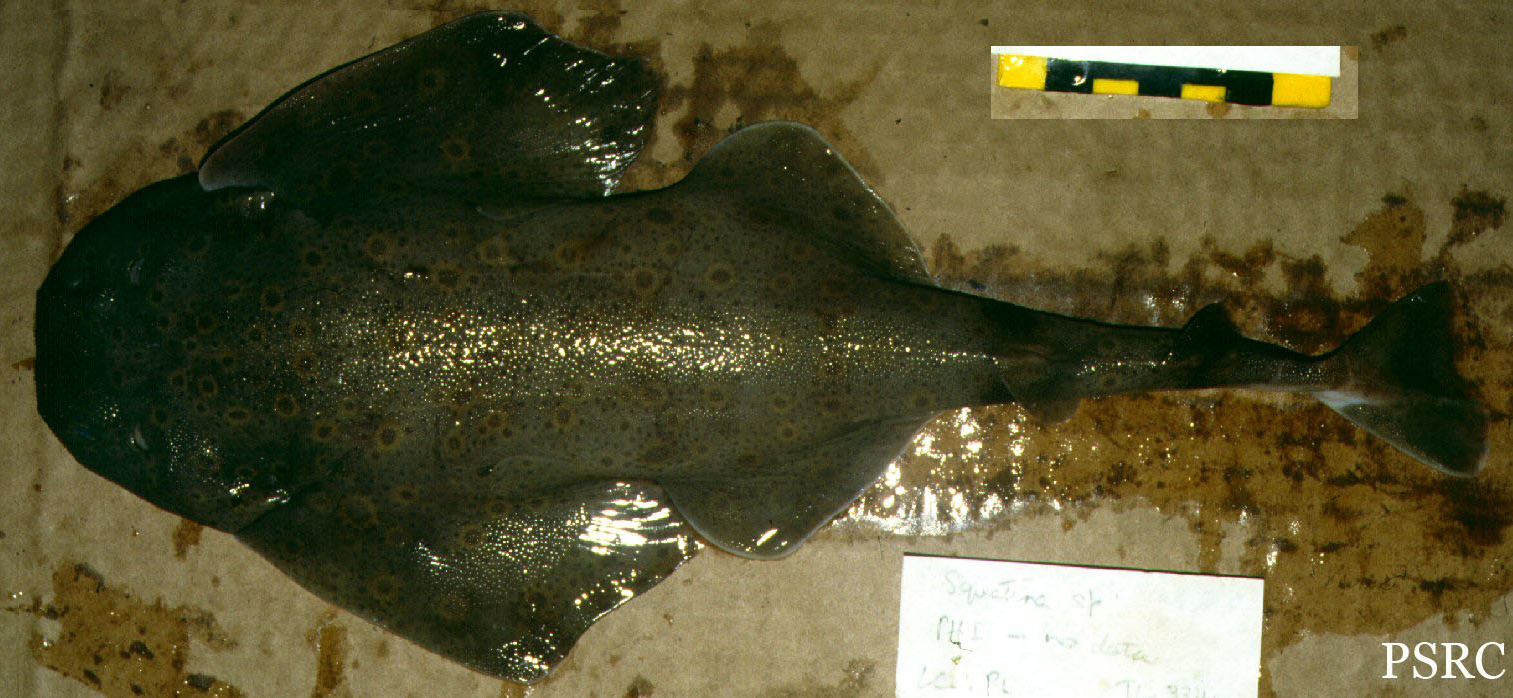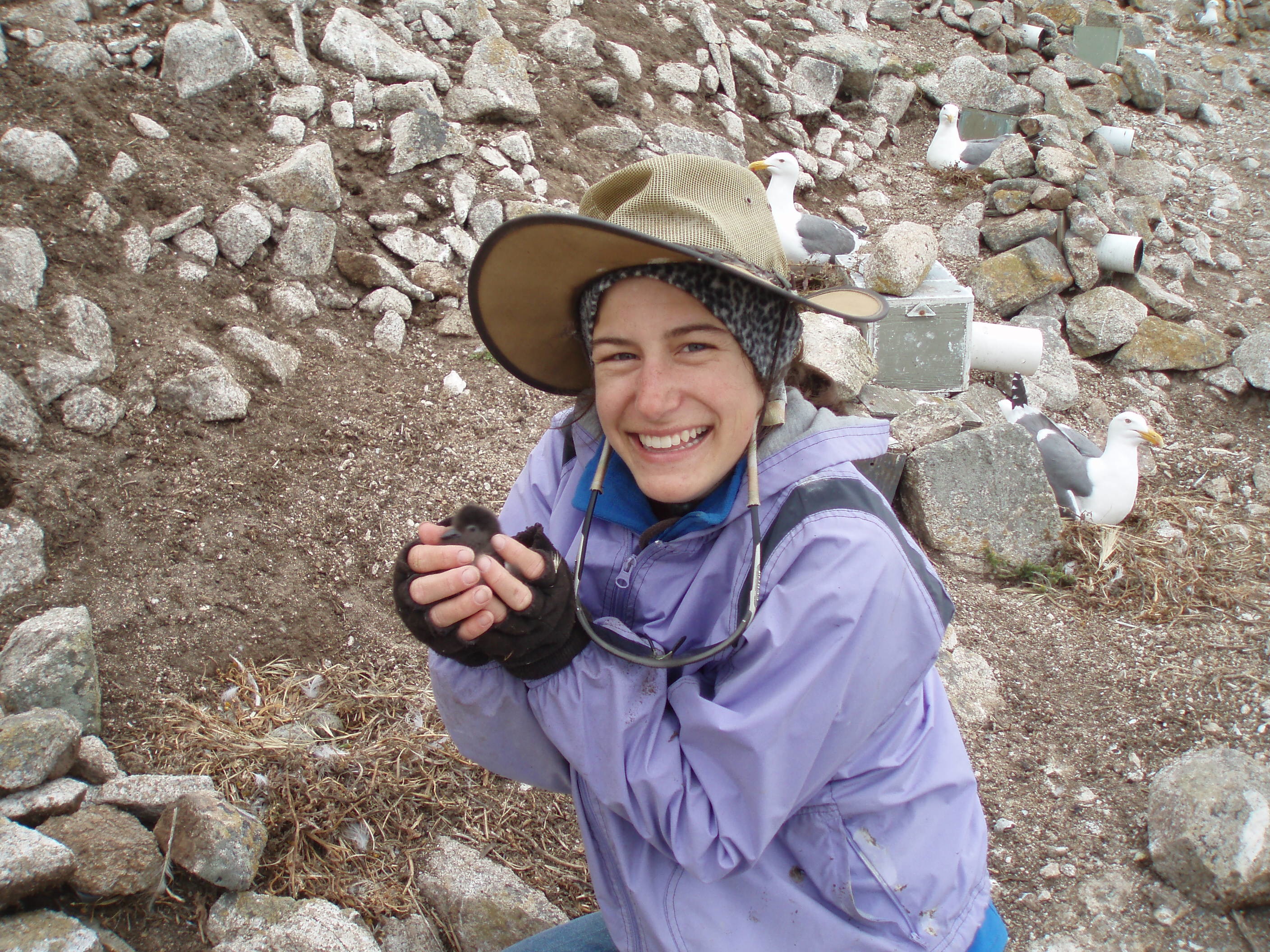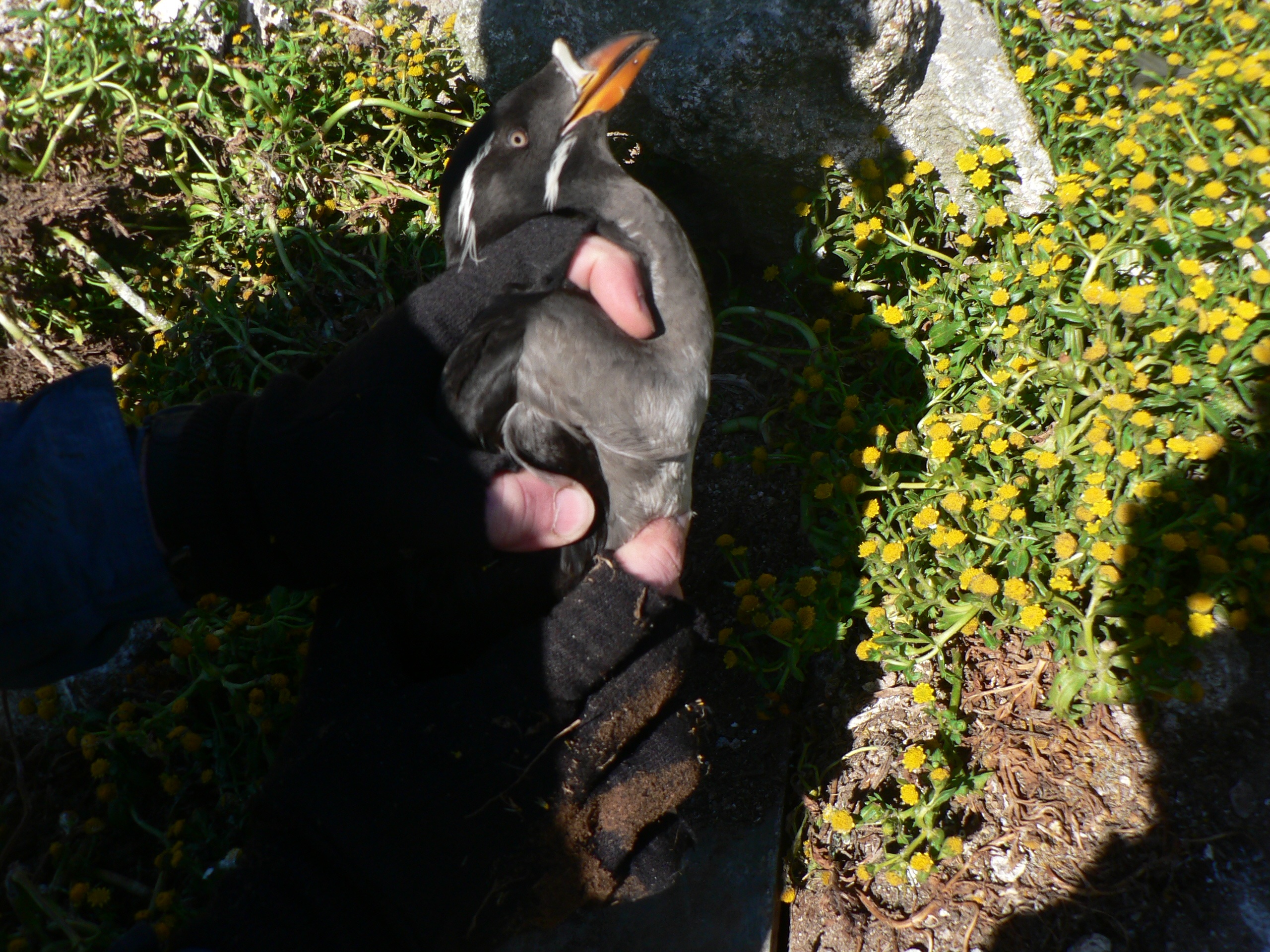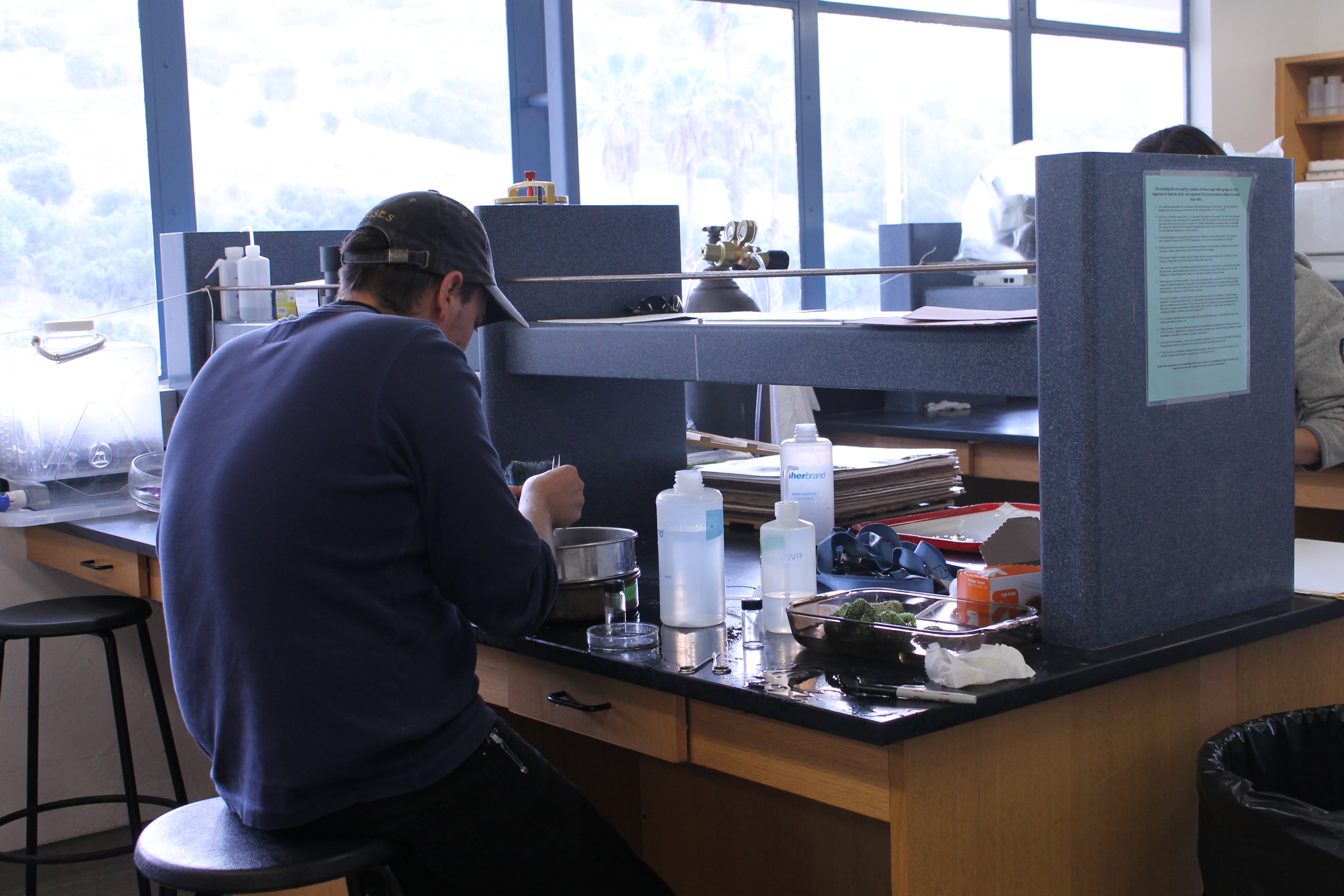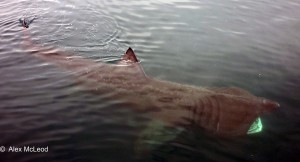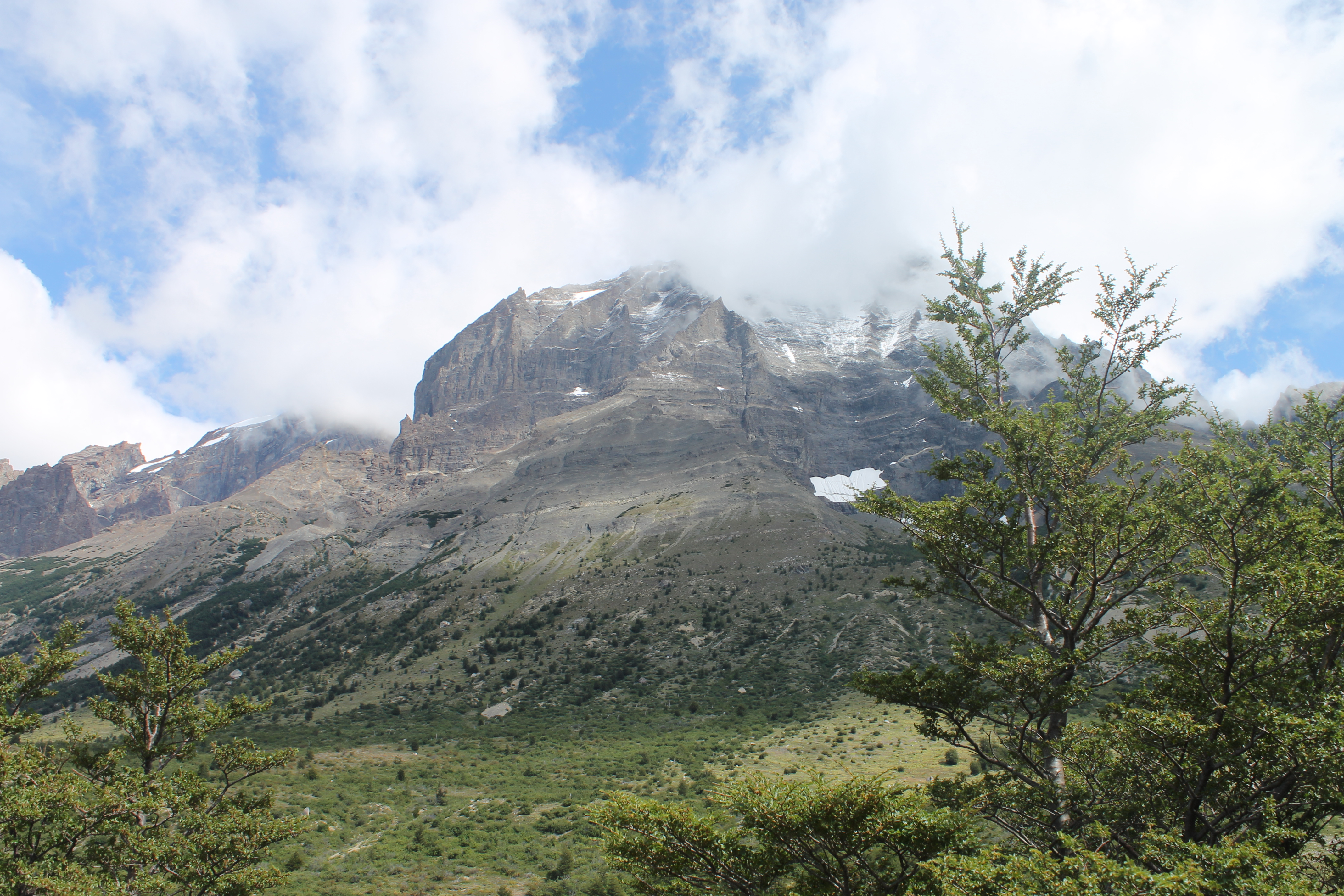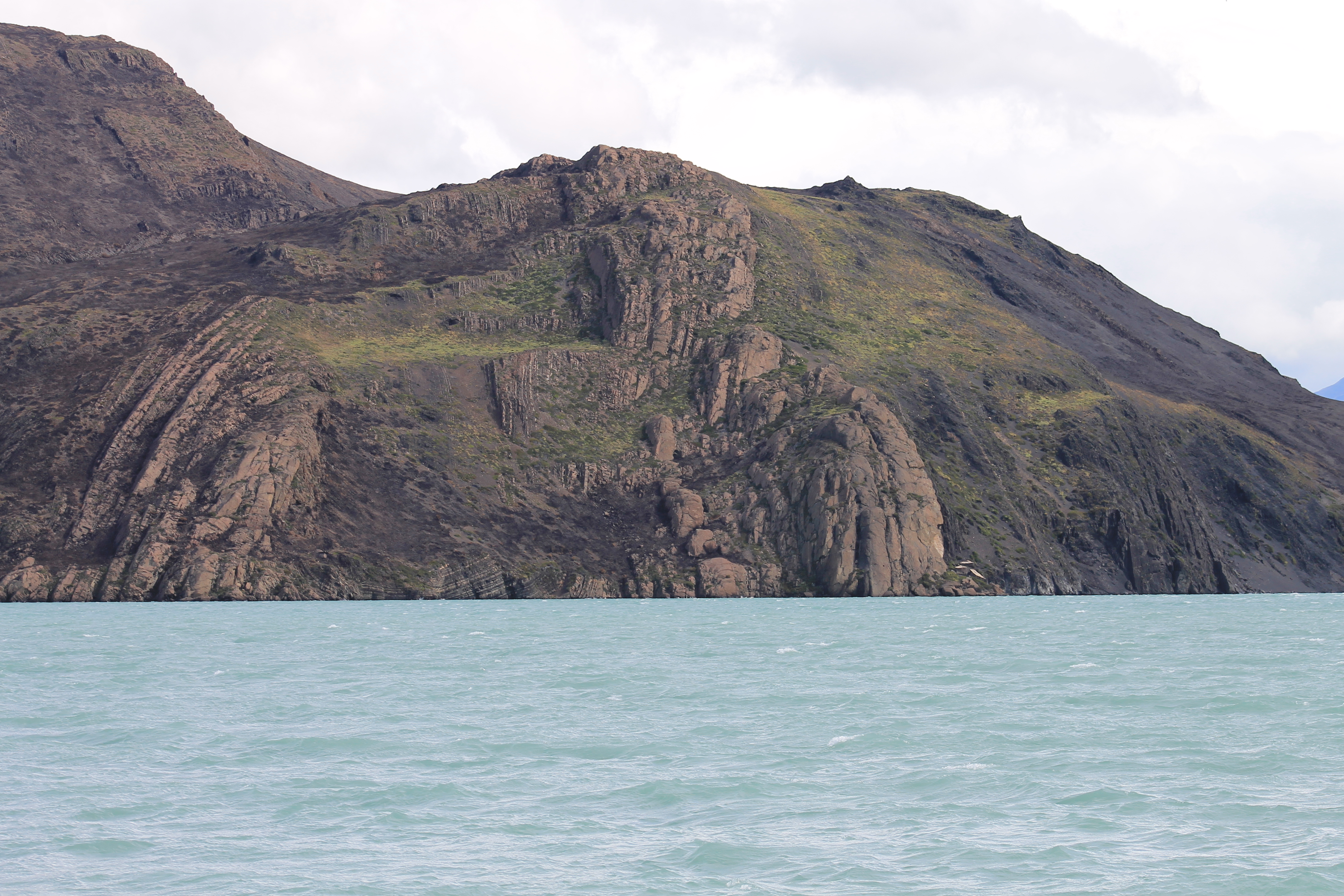By Catherine Drake, Invertebrate Zoology Lab
Docked in the Carquinez Strait, an offshoot of the San Pablo Bay in the city of Vallejo, is the TS Golden Bear. It is a training ship for the California Maritime Academy, which—like MLML—is a campus of the California State University. The Biological Oceanography lab at MLML utilizes the ship for ballast water research. As ships traverse the globe, they pick up ballast water from one area and release it back into the ocean once they reach their destination. Ships uptake seawater into their ballast tanks to optimize balance and streamlining when traveling a great distance. During this process, potentially invasive planktonic organisms are brought into the tanks and transported by being held in the ballast tank during travels. As these organisms are released back into the ocean, they are now introduced into a new environment.
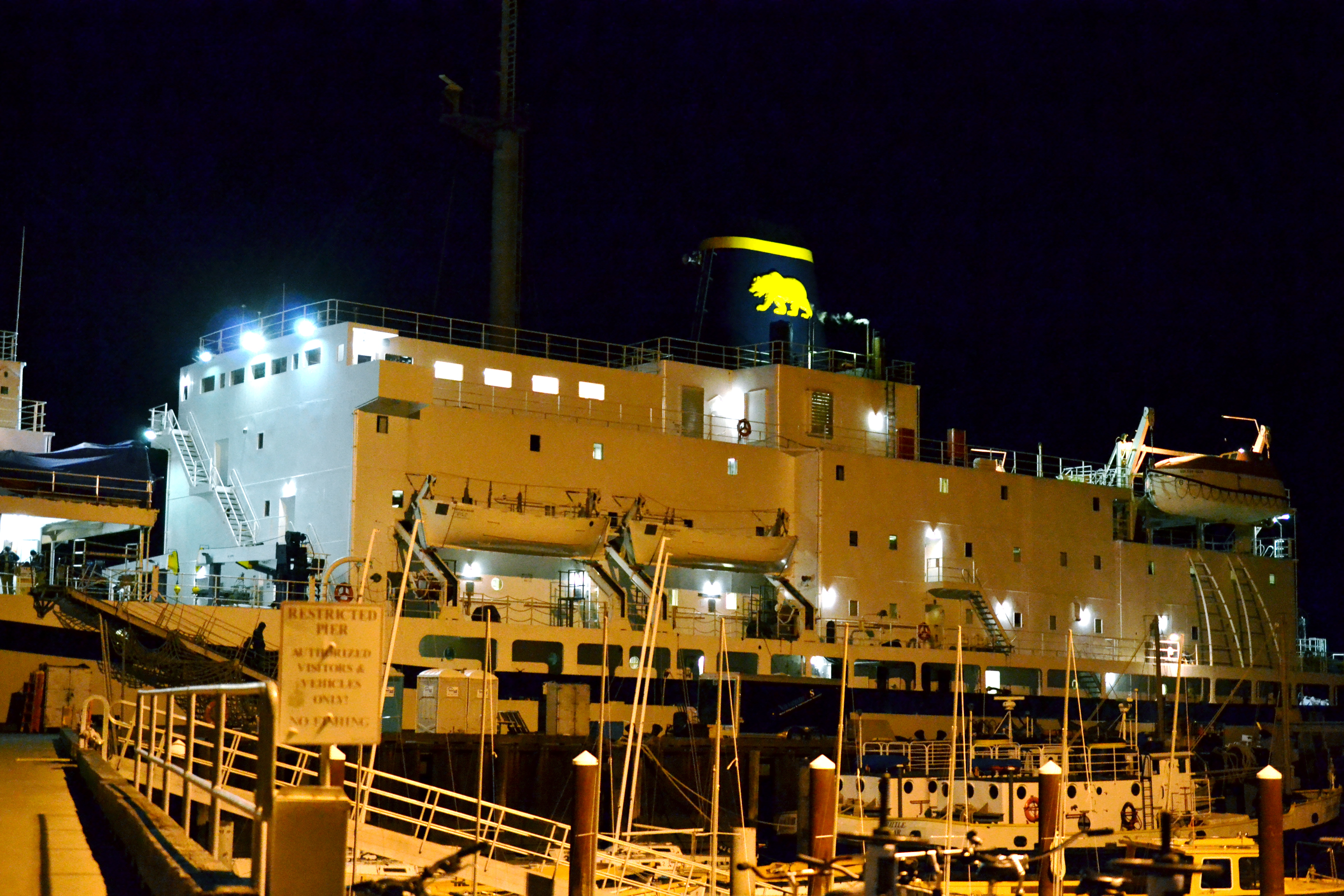

This can pose a problem, as some plankton can become invasive, meaning that they can outcompete native organisms in a habitat. According to Ruiz, et al., shipping is considered the largest transfer mechanism for coastal invasions. As a result, regulations developed by IMO (International Maritime Organization) are implemented to reduce invasive plankton. One of their requirements forces ships to reduce the number of live zooplankton to 10 live zooplankters per 1000 liters after the water has been treated with a kill-factor (toxic reagents, oxygen reduction, UV light, heat, etc). “Though the challenge of coming up with an effective but environmentally safe kill factor is still up and coming, so are the methods to determining the quality of the treatment system,” says Julie Kuo, a student in the Biological Oceanography Lab. Consequently, this has enhanced the collaboration between engineers, and scientists to construct standard operating procedures to determine the quality of a treatment system based on IMO regulations.
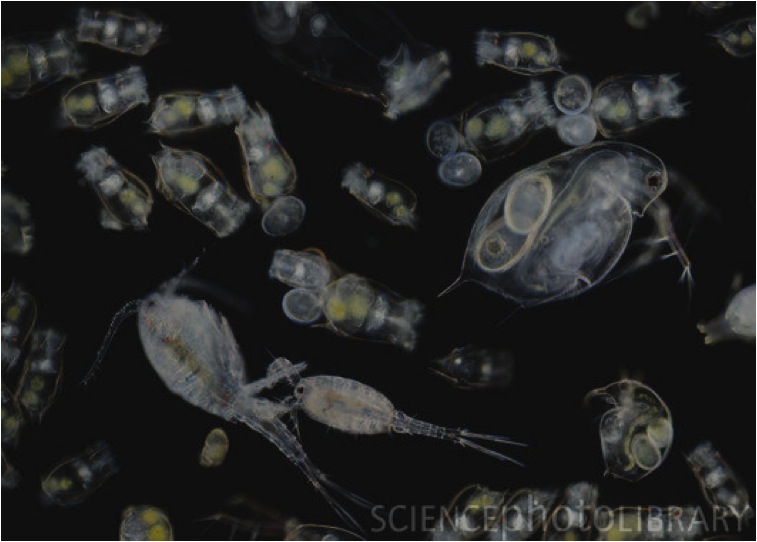
Enter Dr. Welshmeyer and the Biological Oceanography lab: the purpose of their project is to count the number of live zooplankton alive before and after the treatment. This process is used to determine whether or not the treatment tested on the Golden Bear is successful at meeting the IMO regulations. As we boarded the ship, we carried microscopes and coffee down through the ship to a room that was designated as our lab. In the 8 by 15 foot room, we setup our microscopes and began counting zooplankton. That particular day, we were counting pre-treated water, which was full of zooplankton swimming around; this included tintinnids, copepods, rotifers, and nauplii. After our counts of the live and dead zooplankton, we extrapolated that there were anywhere from 100,000 to 200,000 live organisms per cubic meter; up to 60% were alive in an untreated sample that was concentrated from one cubic meter of water from the Carquinez Strait. So, treatment systems have to be incredibly affective in order to kill all but ten zooplankton in ballast water!
